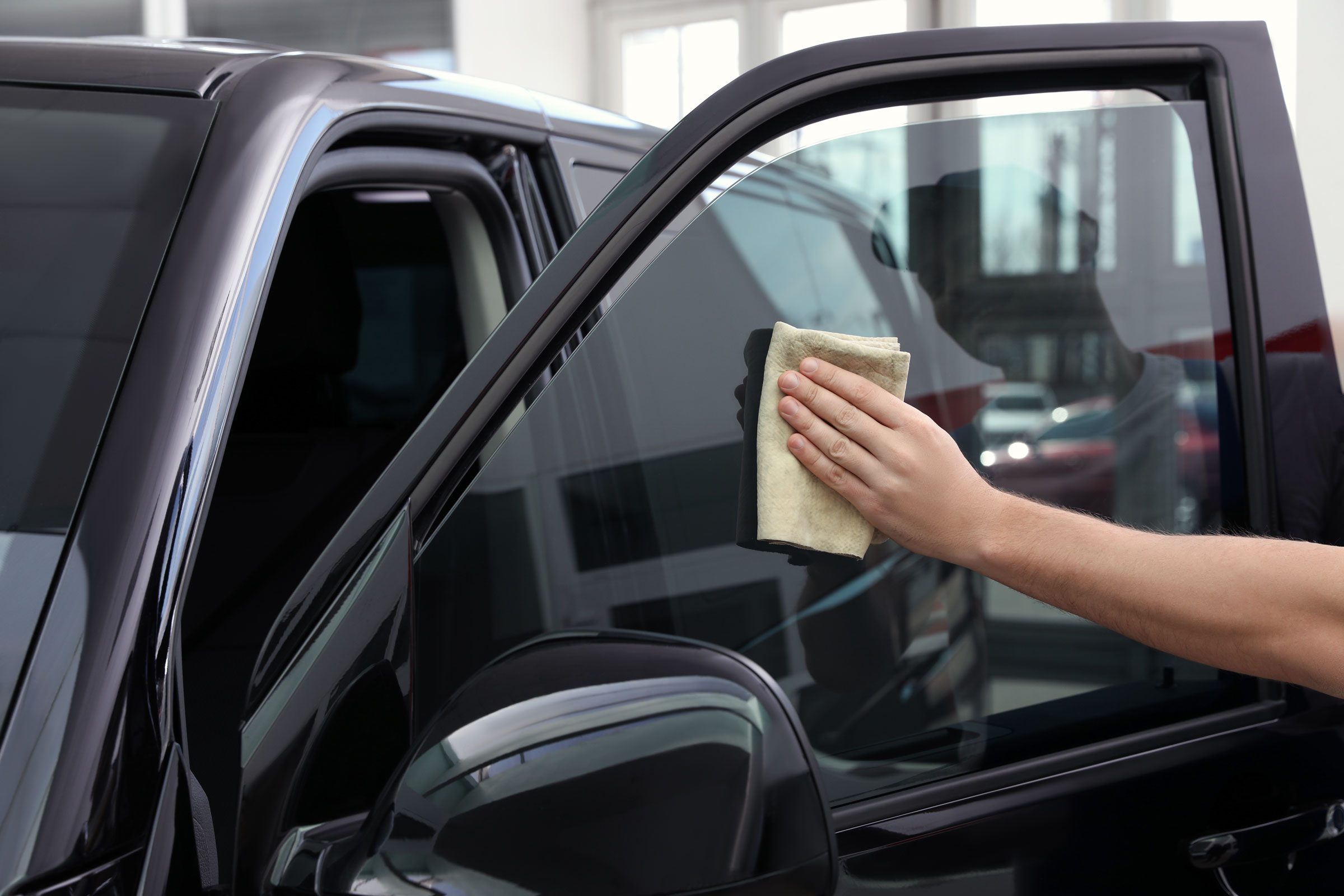Moro Auto Spa Window Tinting: Expert Services for Your Car's Care
Your Comprehensive Overview to DIY Home Window Tinting: Tips and Techniques
Taking on a Do it yourself window tinting task provides an opportunity to improve both the performance and appearances of your area. Before embarking on this undertaking, it is vital to navigate the intricacies of regional tinting laws and select an ideal film that aligns with your goals.
Recognizing Window Tinting Laws
Browsing the intricate landscape of home window tinting laws is important for any kind of DIY fanatic seeking to enhance their lorry's appearances and comfort. Each state in the U.S. has details policies pertaining to the permitted levels of color on numerous home windows, which can substantially affect your decision-making process.
Typically, these regulations determine the maximum permitted Visible Light Transmission (VLT) percent, which refers to the quantity of light that can go through the tinted windows. Some states allow just a certain portion of color on the front windshield, while allowing darker tones on back windows. Compliance with these laws is vital, as failure to stick can cause fines or the need to get rid of the tint entirely.
Additionally, there are frequently differences in between traveler cars and business automobiles, with different rules relating to each group. It's suggested to consult your regional Department of Electric motor Autos or comparable authority to gather precise details customized to your place. Understanding these regulations not just makes sure legal compliance however additionally improves security by maintaining presence and protecting against potential threats while driving.
Selecting the Right Color Movie
Choosing the appropriate tint movie is a crucial action in the do it yourself home window tinting process, as it straight affects both the appearance and capability of your car's windows. Several aspects ought to assist your option, including the sort of film, its lawful compliance, and your preferred end results.
First, consider the various kinds of color movies readily available: dyed, metalized, ceramic, and crossbreed. Metalized movies offer improved warm being rejected and durability however can conflict with electronic signals.
Following, make certain that the movie complies with local policies concerning noticeable light transmission (VLT) percentages. Compliance with these laws is crucial to prevent fines and ensure safety.
Vital Devices for DIY Tinting
Having picked the ideal color movie for your windows, the next step entails gathering the required tools to ensure a successful installation. The primary devices you will certainly require include an utility knife or a razor blade, which is necessary for cutting the tint movie to the preferred size. A squeegee is likewise essential, as it helps eliminate air bubbles and ravel the film during application.

Moreover, think about utilizing a warmth weapon or hairdryer, as this can assist mold and mildew the tint movie to the shapes of the window and help with adherence. Finally, gloves are advisable to stay clear of finger prints on the movie throughout installment. By collecting these necessary tools, you will certainly be well-prepared to tackle your DIY home window tinting job efficiently.
Step-by-Step Application Refine
Begin by extensively cleaning the home window surface to make sure optimal bond of the color film. When the window is clean, determine the color film against the window, permitting for a mild overlap on all sides.
Next, prepare a solution of water and a few drops of infant hair shampoo in a spray bottle. Gently spray the home window surface area and the glue side of the film. This solution will allow for rearranging during application. Very carefully line up the film with the top of the home window, guaranteeing it is straight. Press the film against the glass, beginning from the center and functioning external to eliminate air bubbles. Utilize a squeegee to anchor smooth the film, using firm, even pressure.
Permit the tint to cure for at least 24 hours without rolling down the home windows. Follow these steps vigilantly for ideal results in your DIY window tinting job.
Maintenance and Care Tips

It's advisable to wait at the very least a week after setup before cleaning your home windows to enable the glue to fully cure. Throughout this initial duration, prevent rolling down the windows to stop any damages to the color.
Regular maintenance includes examining the edges of the tint for any indicators of gurgling or raising. If you see any kind of problems, it's best to resolve them quickly to stay clear of additional wear and tear. Additionally, beware with using home window therapies, such as tones or drapes, as they can generate heat that might endanger the color over time.
Conclusion
To conclude, embarking on a DIY window tinting job necessitates mindful consideration of local laws, selection of ideal tint films, and the utilization of important devices. A systematic application process makes certain ideal outcomes, while routine upkeep adds to the long life of the tint - Moro Auto Spa Window Tinting. By sticking to you can try these out these guidelines, individuals can achieve both aesthetic enhancement and increased privacy in their rooms, making do it yourself home window tinting a valuable venture